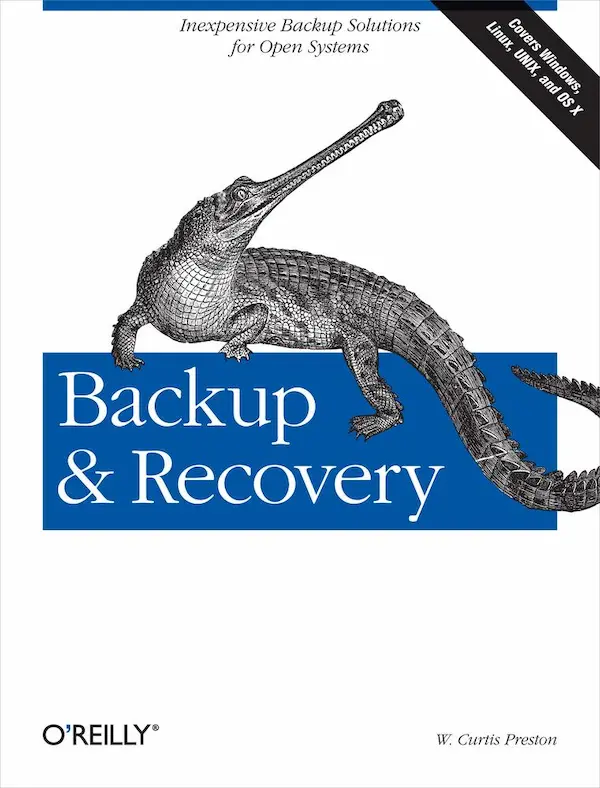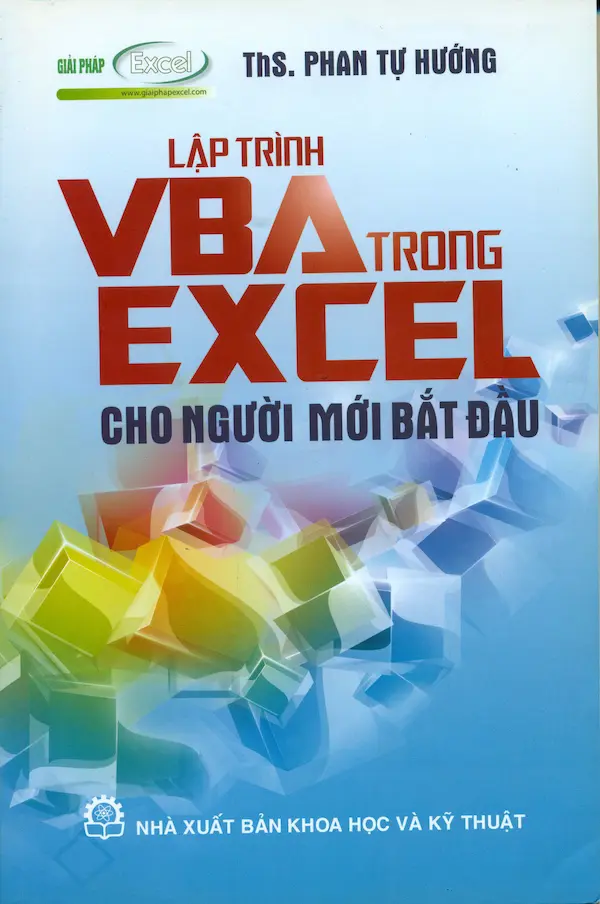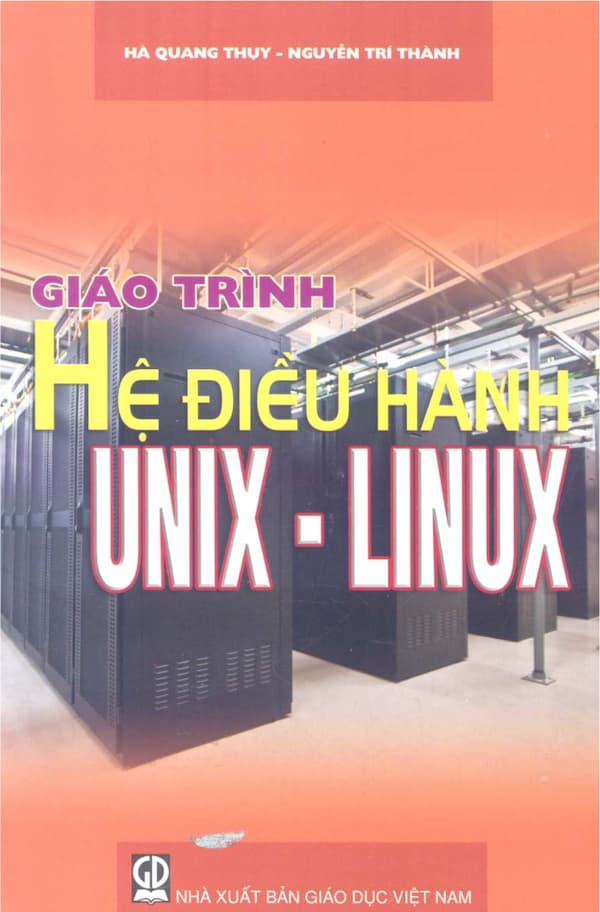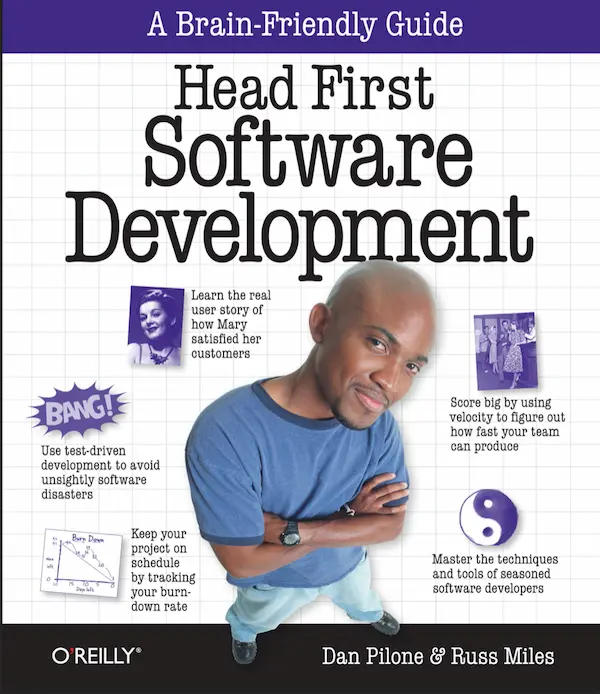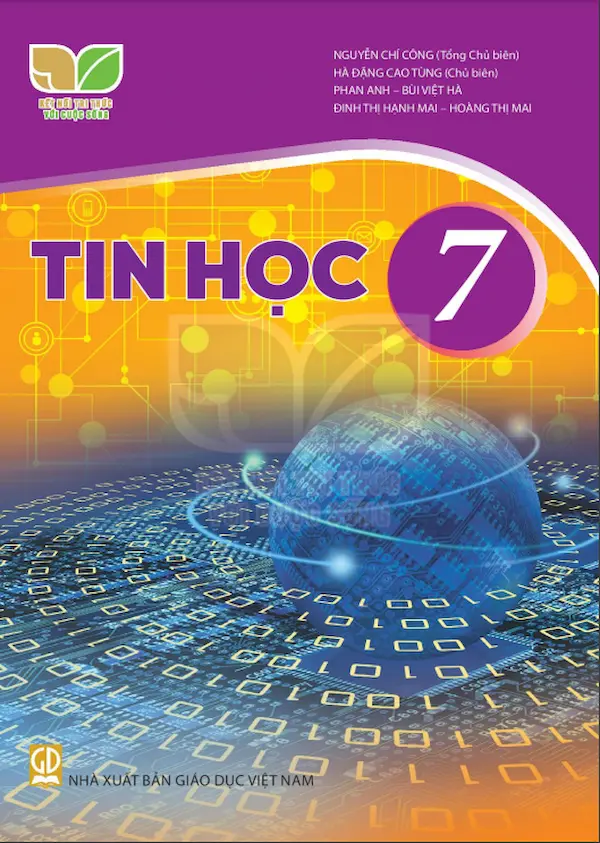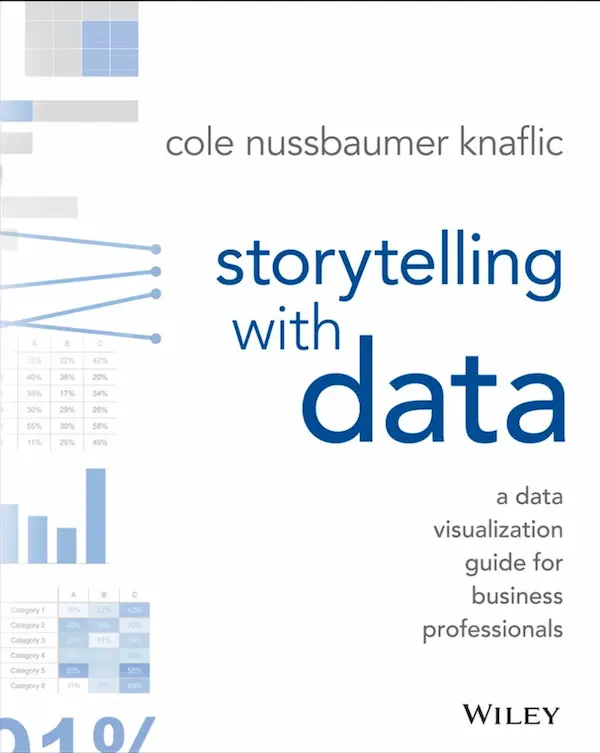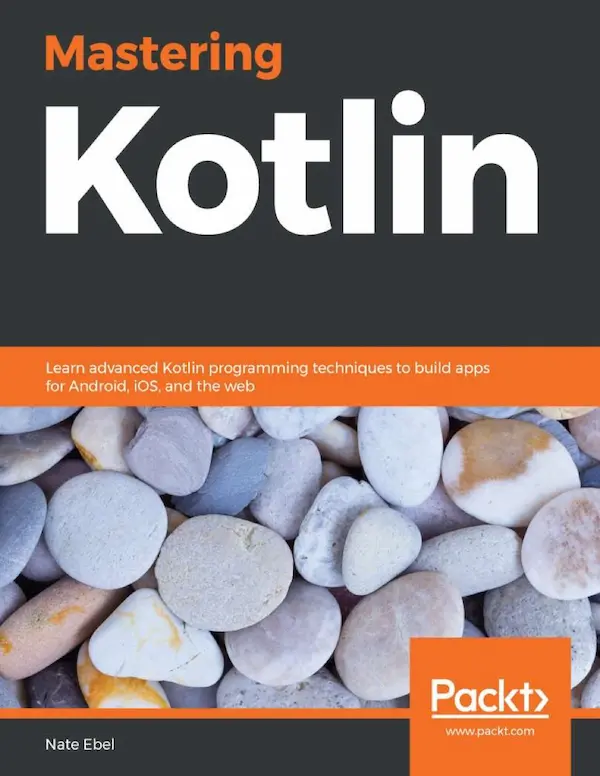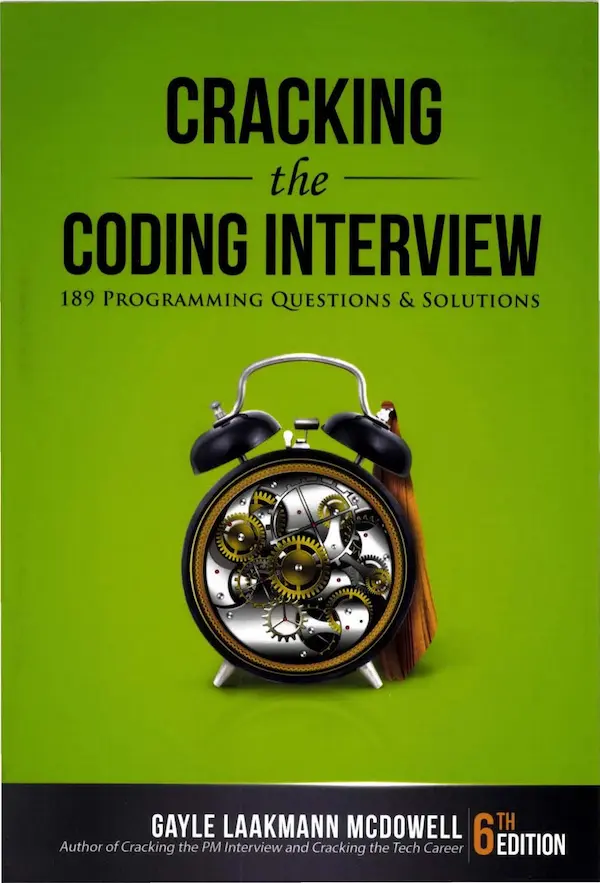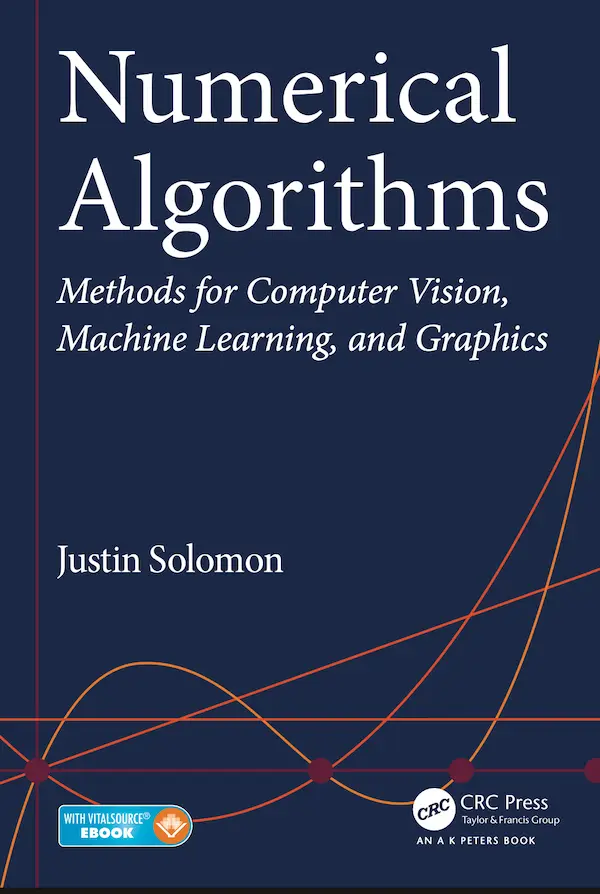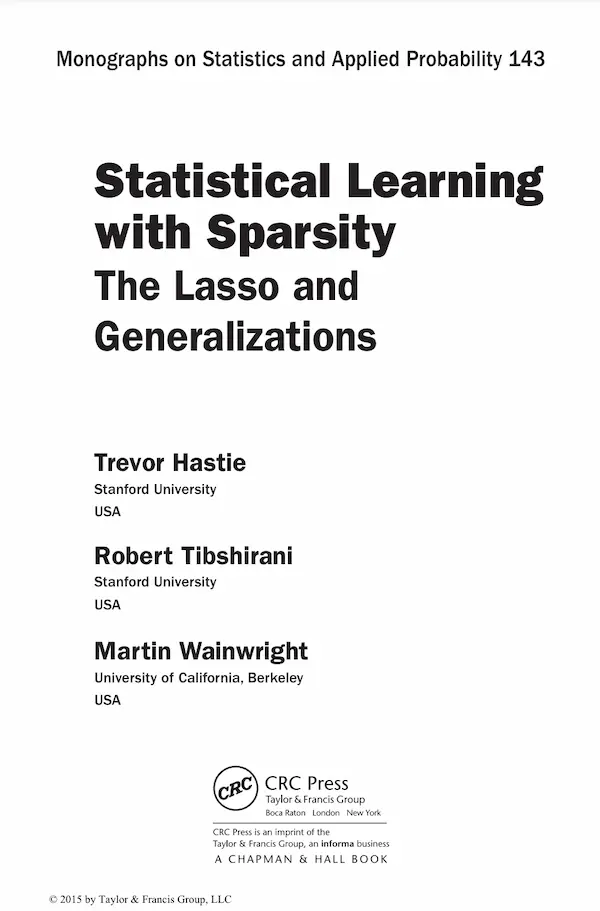
Part I
Part I of this book contains just enough information to whet your backup and recovery appetite.
Chapter 1, The Philosophy of Backup
Describes my philosophy about backup, such as why you should back up, and a little bit about how
to do it, too.
Chapter 2, Backing It All Up
Goes into detail about the essential elements of a good backup and recovery system.
Part II
This section covers the basic backup utilities that are available to back up your system, and several open- source backup systems to help you manage those backups.
Chapter 3, Basic Backup and Recovery Utilities
Covers the basic backup and recovery utilities you’re likely to find in Unix, Windows, or Mac OS,
including dump, tar, cpio, dd, ditto, ntbackup, and rsync. Chapter 4, Amanda
Covers the ever-popular Advanced Maryland Disk Archiver, or Amanda.
Chapter 5, BackupPC
Explains the disk-only backup system called BackupPC, which can actually back up far more than
just your PC.
Chapter 6, Bacula
Covers Bacula. It roams the data center at night and sucks the vital essence from your computers.
Chapter 7, Open-Source Near-CDP
Covers three near continuous data protection (near-CDP) products, including rsync with snapshots, rsnapshot, and rdiff-backup.
Part III
If you have outgrown the capabilities of free utilities or would just like to take advantage of new backup and recovery technologies, you’ll need to look at a commercial product. You should also know about the latest hardware that is on the market to assess your full range of backup and recovery options.
Chapter 8, Commercial Backup Utilities
Is your guide to the hundreds of features available in the over 50 commercial backup products
available on the market today, allowing you to make an educated purchase decision.
Chapter 9, Backup Hardware
Explains the many different types of backup hardware available today, and provides criteria to help you decide which type of backup drive is right for you.
Part IV
A bare-metal recovery is the fastest way to bring a dead system back to life, even if its operating system drive is completely destroyed.
Chapter 10, Solaris Bare-Metal Recovery
Explains Sun’s flash archive product, which is the Solaris equivalent of AIX’s mksysb. Chapter 11, Linux and Windows
Explains a number of procedures and tools that can be used to perform bare-metal recovery of both Linux and Windows systems. It includes a discussion of Ghost for Linux (G4L) an open-source ghosting product.
Chapter 12, HP-UX Bare-Metal Recovery
Covers the make_net_recovery and make_tape_recovery tools, which now come with HP-UX to
perform bare-metal recoveries.
Chapter 13, AIX Bare-Metal Recovery
Discusses AIX’s mksysb, probably one of the oldest and best-known bare-metal recovery tools. Chapter 14, Mac OS X Bare-Metal Recovery
Covers how to perform your own bare-metal recovery of a Mac OS X machine
Part V
This section explains in plain language an area that presents some of the greatest backup and recovery challenges that a system administrator or database administrator will face—backing up and recovering databases.
Chapter 15, Backing Up Databases
Explains database architecture while relating each architectural element to the appropriate term in DB2, Exchange, Informix, MySQL, Oracle, PostgreSQL, SQL Server, and Sybase. This chapter will be your friend if you’re an SA who’s afraid of databases or a DBA learning a new database.
Chapter 16, Oracle Backup and Recovery
Explains how to perform Oracle hot backups using rman or user-managed backup. Chapter 17, Sybase Backup and Recovery
Shows how to use the backup server to back up Sybase ASE.
Chapter 18, IBM DB2 Backup and Recovery
Explains how to back up and recover DB2 databases.
Chapter 19, SQL Server
Explains how to back up and recover SQL Server databases.
Chapter 20, Exchange
Explains how to back up and recover Exchange databases using the built-in ntbackup plug-in for
Exchange.
Chapter 21, PostgreSQL
Explains how to back up and recover PostgreSQL databases.
Chapter 22, MySQL
Provides an overview of the various backup and recovery options available for MySQL.
Part VI
The information contained in this part of the book is by no means unimportant; it simply wouldn’t fit anywhere else!
Chapter 23, VMware and Miscellanea
Includes VMware backups, the oft-debated “live filesystem dumps” question, and even some backup
poetry.
Chapter 24, It’s All About Data Protection
Provides some food for thought, discussing the fact that backups are not the answer to all problems; you should also be thinking about other areas of data protection, such as archiving, disaster recovery, and storage security.
Part I of this book contains just enough information to whet your backup and recovery appetite.
Chapter 1, The Philosophy of Backup
Describes my philosophy about backup, such as why you should back up, and a little bit about how
to do it, too.
Chapter 2, Backing It All Up
Goes into detail about the essential elements of a good backup and recovery system.
Part II
This section covers the basic backup utilities that are available to back up your system, and several open- source backup systems to help you manage those backups.
Chapter 3, Basic Backup and Recovery Utilities
Covers the basic backup and recovery utilities you’re likely to find in Unix, Windows, or Mac OS,
including dump, tar, cpio, dd, ditto, ntbackup, and rsync. Chapter 4, Amanda
Covers the ever-popular Advanced Maryland Disk Archiver, or Amanda.
Chapter 5, BackupPC
Explains the disk-only backup system called BackupPC, which can actually back up far more than
just your PC.
Chapter 6, Bacula
Covers Bacula. It roams the data center at night and sucks the vital essence from your computers.
Chapter 7, Open-Source Near-CDP
Covers three near continuous data protection (near-CDP) products, including rsync with snapshots, rsnapshot, and rdiff-backup.
Part III
If you have outgrown the capabilities of free utilities or would just like to take advantage of new backup and recovery technologies, you’ll need to look at a commercial product. You should also know about the latest hardware that is on the market to assess your full range of backup and recovery options.
Chapter 8, Commercial Backup Utilities
Is your guide to the hundreds of features available in the over 50 commercial backup products
available on the market today, allowing you to make an educated purchase decision.
Chapter 9, Backup Hardware
Explains the many different types of backup hardware available today, and provides criteria to help you decide which type of backup drive is right for you.
Part IV
A bare-metal recovery is the fastest way to bring a dead system back to life, even if its operating system drive is completely destroyed.
Chapter 10, Solaris Bare-Metal Recovery
Explains Sun’s flash archive product, which is the Solaris equivalent of AIX’s mksysb. Chapter 11, Linux and Windows
Explains a number of procedures and tools that can be used to perform bare-metal recovery of both Linux and Windows systems. It includes a discussion of Ghost for Linux (G4L) an open-source ghosting product.
Chapter 12, HP-UX Bare-Metal Recovery
Covers the make_net_recovery and make_tape_recovery tools, which now come with HP-UX to
perform bare-metal recoveries.
Chapter 13, AIX Bare-Metal Recovery
Discusses AIX’s mksysb, probably one of the oldest and best-known bare-metal recovery tools. Chapter 14, Mac OS X Bare-Metal Recovery
Covers how to perform your own bare-metal recovery of a Mac OS X machine
Part V
This section explains in plain language an area that presents some of the greatest backup and recovery challenges that a system administrator or database administrator will face—backing up and recovering databases.
Chapter 15, Backing Up Databases
Explains database architecture while relating each architectural element to the appropriate term in DB2, Exchange, Informix, MySQL, Oracle, PostgreSQL, SQL Server, and Sybase. This chapter will be your friend if you’re an SA who’s afraid of databases or a DBA learning a new database.
Chapter 16, Oracle Backup and Recovery
Explains how to perform Oracle hot backups using rman or user-managed backup. Chapter 17, Sybase Backup and Recovery
Shows how to use the backup server to back up Sybase ASE.
Chapter 18, IBM DB2 Backup and Recovery
Explains how to back up and recover DB2 databases.
Chapter 19, SQL Server
Explains how to back up and recover SQL Server databases.
Chapter 20, Exchange
Explains how to back up and recover Exchange databases using the built-in ntbackup plug-in for
Exchange.
Chapter 21, PostgreSQL
Explains how to back up and recover PostgreSQL databases.
Chapter 22, MySQL
Provides an overview of the various backup and recovery options available for MySQL.
Part VI
The information contained in this part of the book is by no means unimportant; it simply wouldn’t fit anywhere else!
Chapter 23, VMware and Miscellanea
Includes VMware backups, the oft-debated “live filesystem dumps” question, and even some backup
poetry.
Chapter 24, It’s All About Data Protection
Provides some food for thought, discussing the fact that backups are not the answer to all problems; you should also be thinking about other areas of data protection, such as archiving, disaster recovery, and storage security.



